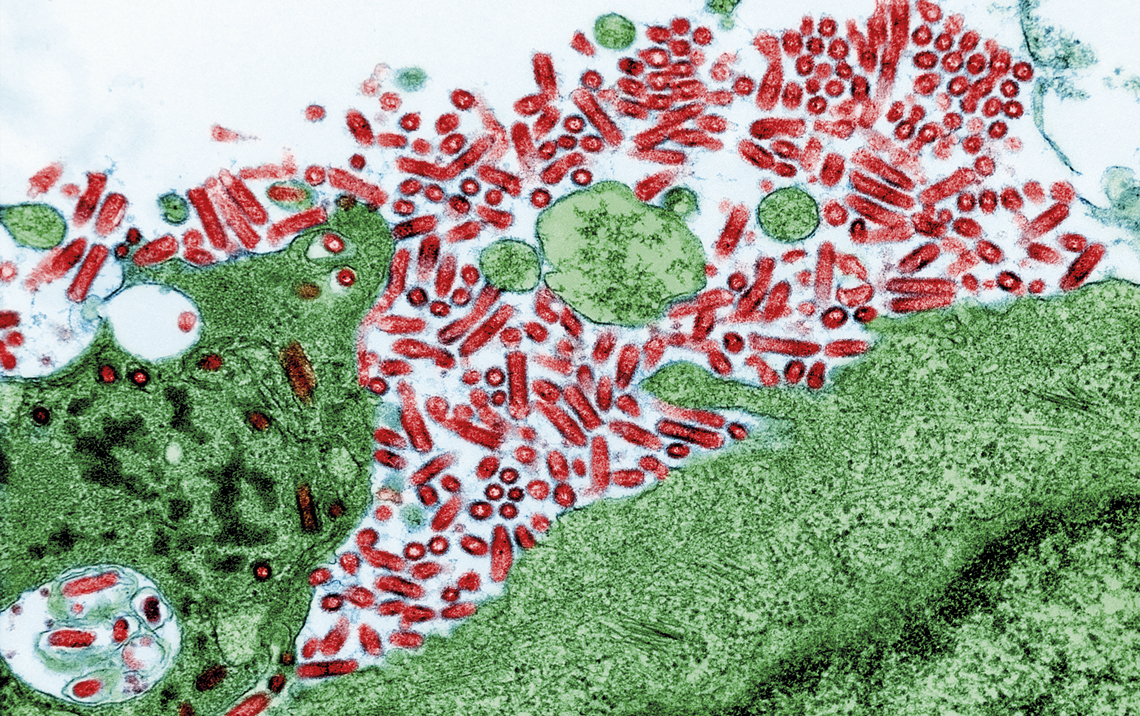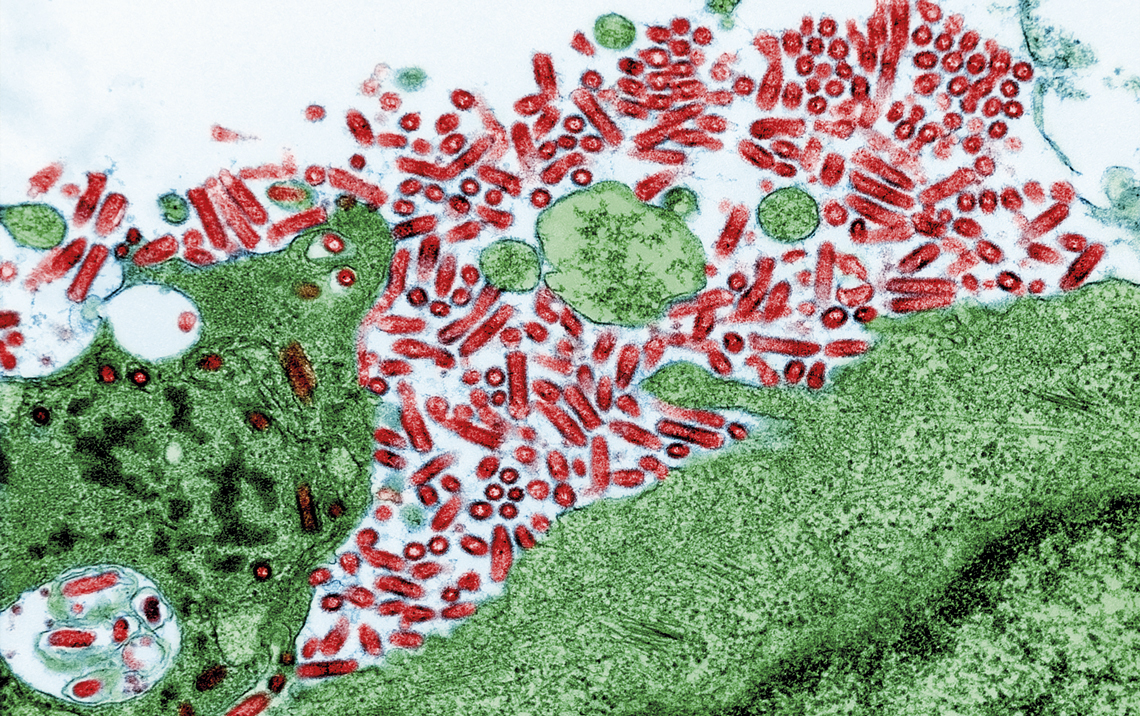Scientists from the University of São Paulo, Brazilian company Orygen, and American company Oncovir evaluated the possible effects of Poly ICLC Hiltonol, a synthetic drug used experimentally to help combat cancer by stimulating the immune system. After application of a solution containing the rabies-causing Lyssavirus, nine mice were given a placebo and nine were given a modified form of the compound. All the animals in the control group died within 14 days. The first death in the test group occurred on the 12th day and the last on the 19th—despite living longer, all the mice died, indicating that higher dosages might be needed than were used in the experiment (5 micrograms per day). Transmitted by infected dogs, cats, and wild animals and treated with a vaccine or serum, rabies causes around 60,000 deaths per year in 150 countries, the majority in Africa and Asia. In Brazil, the Ministry of Health recorded five deaths in 2022 and two by May of this year. In August, researchers from the Federal University of São Paulo (UNIFESP) reported that they had found variants of the virus found in common marmosets (Callithrix jacchus) in bats in Ceará, suggesting the possibility of transmission between the animals (bioRxiv, September 20; Journal of Medical Virology, August 22; Agência FAPESP, September 21).
RepublishPharmacology
Reinforcement against rabies

Células em cultura (verde) infectadas com o vírus da raiva (vermelho)
